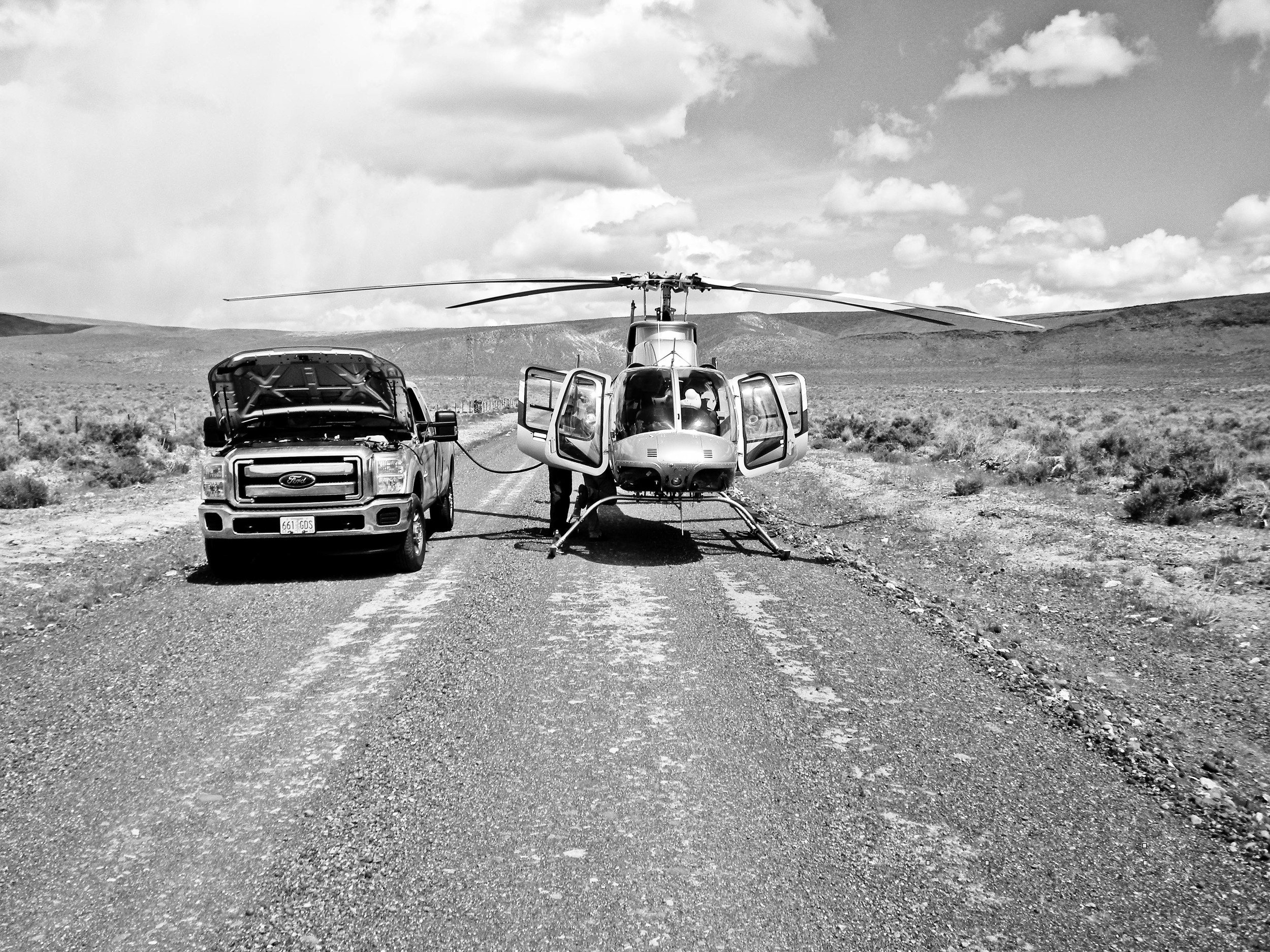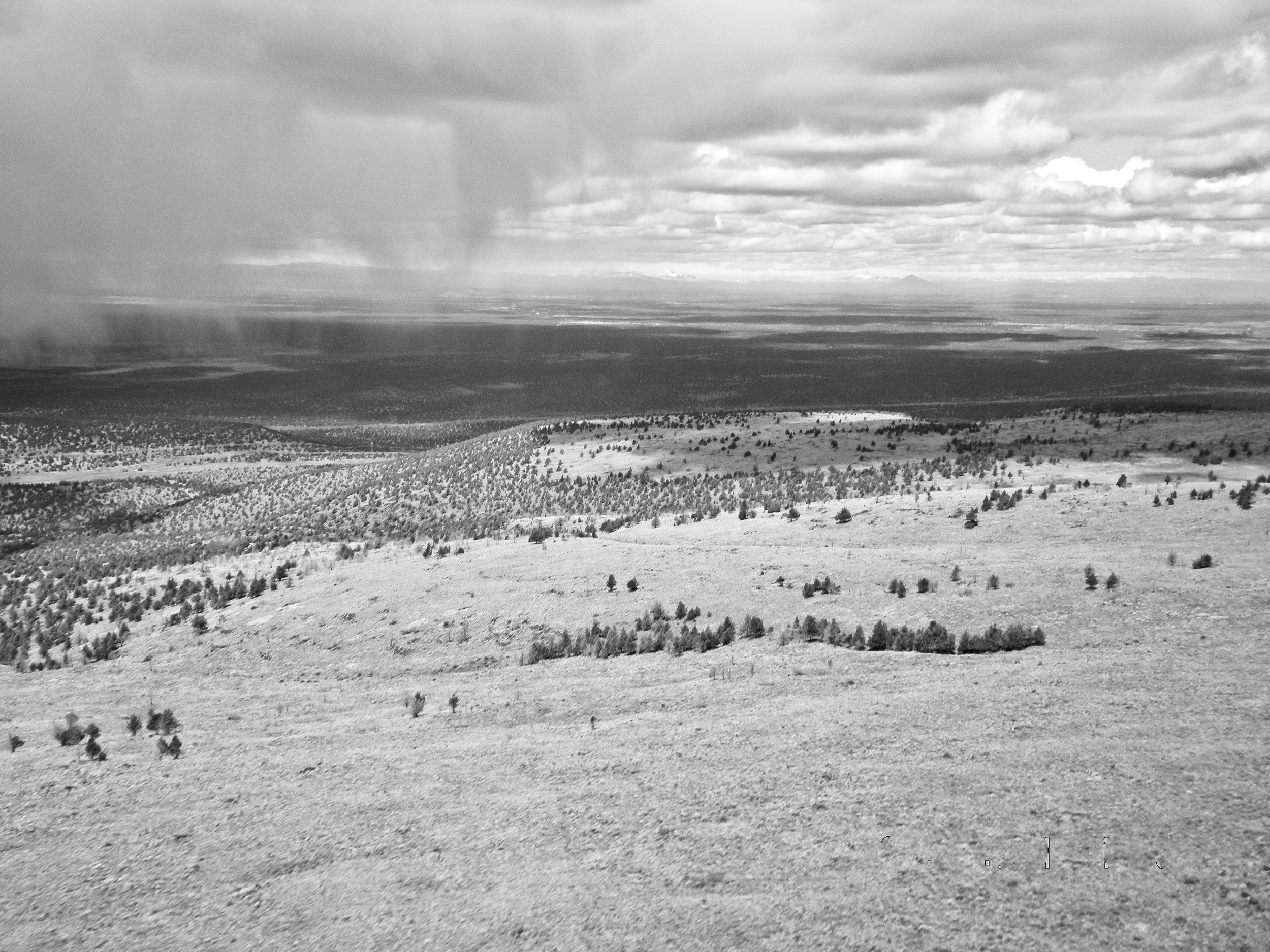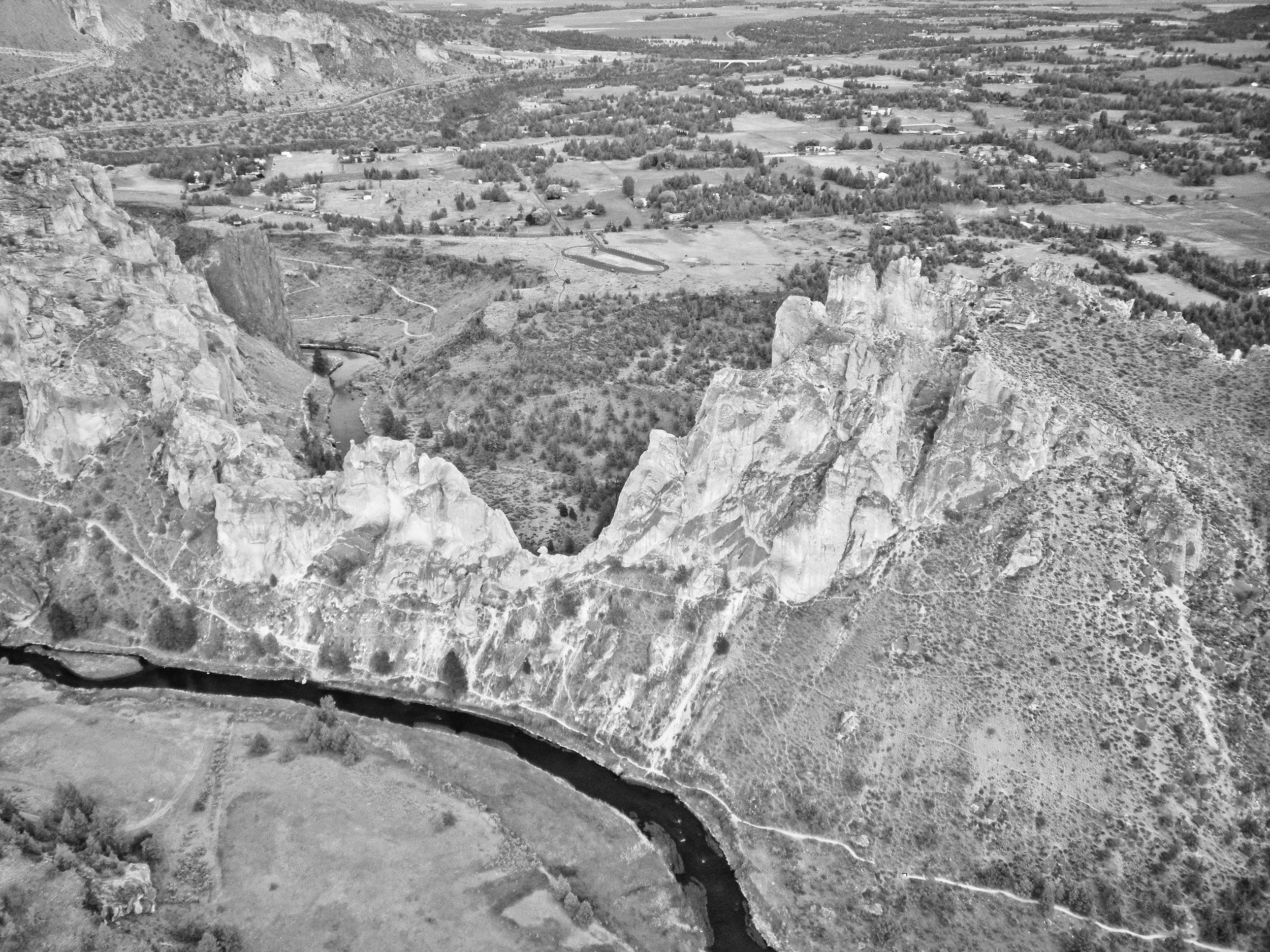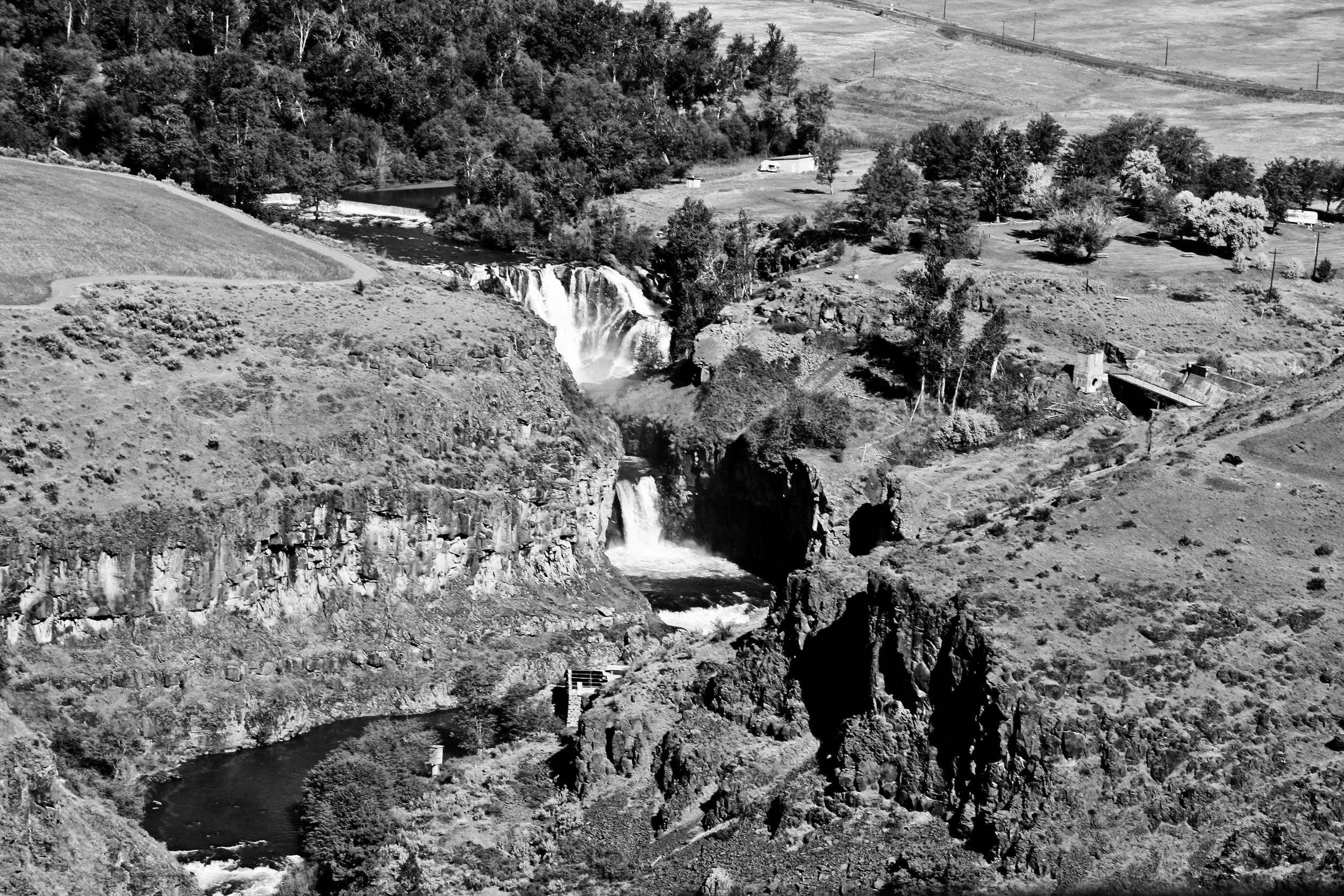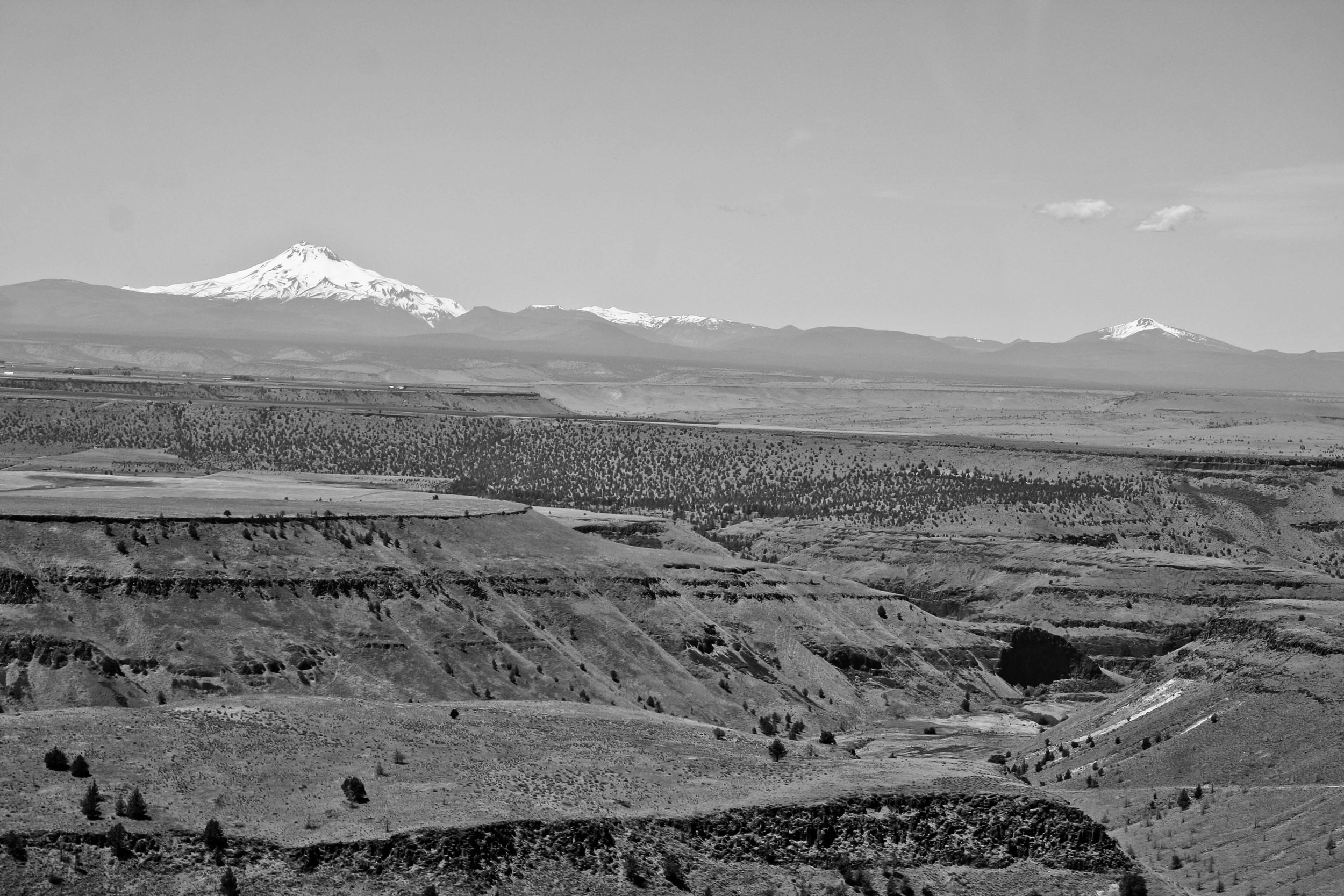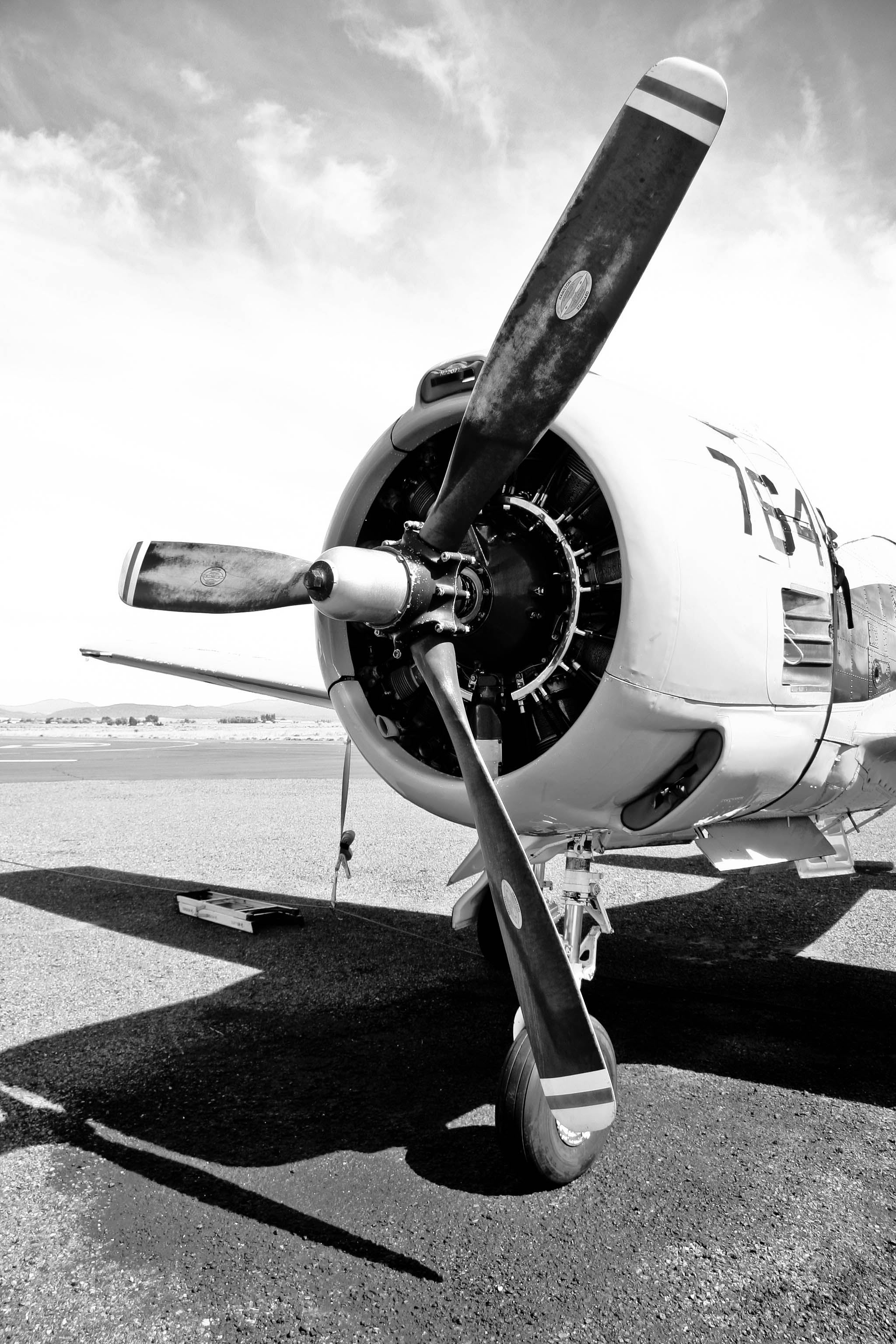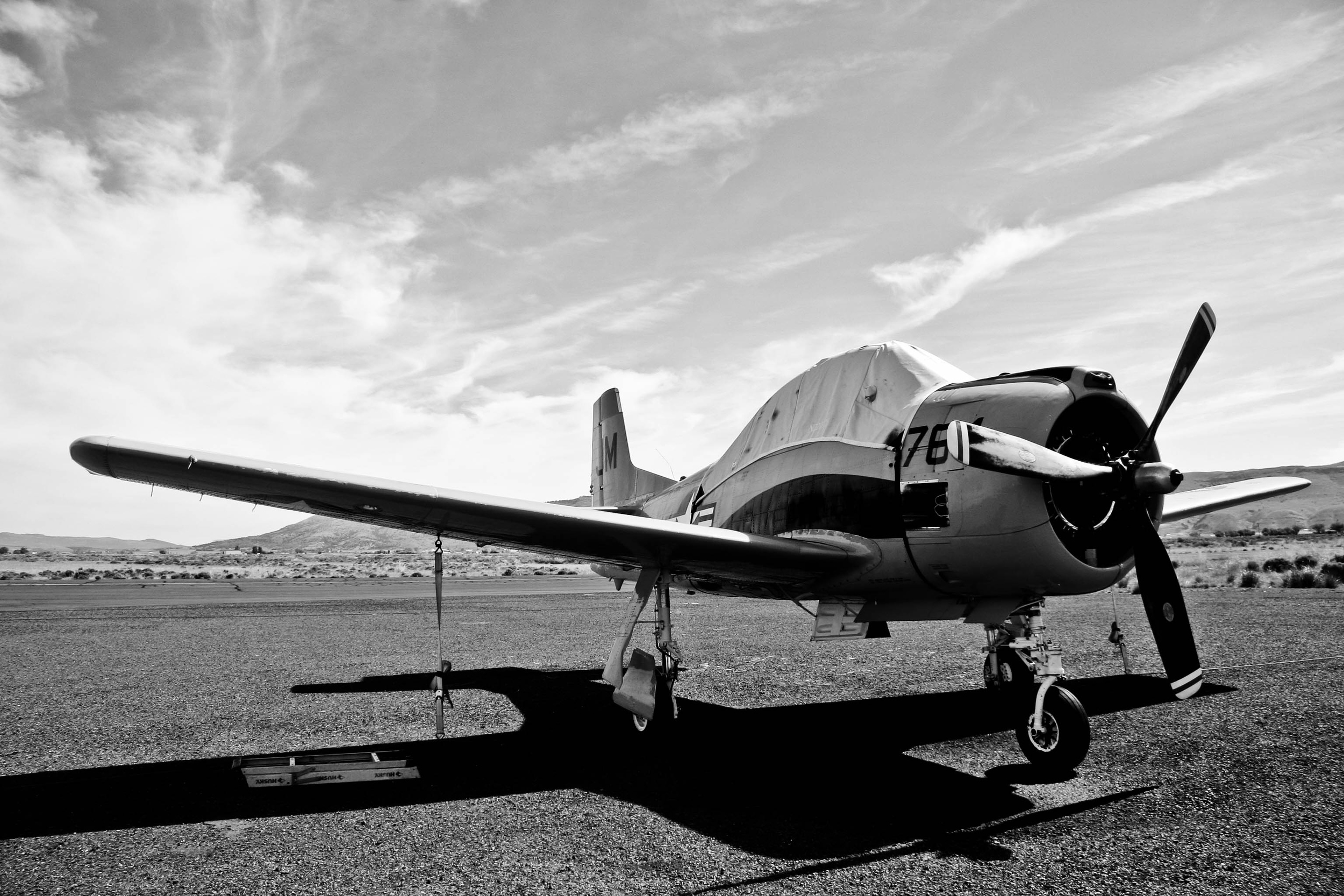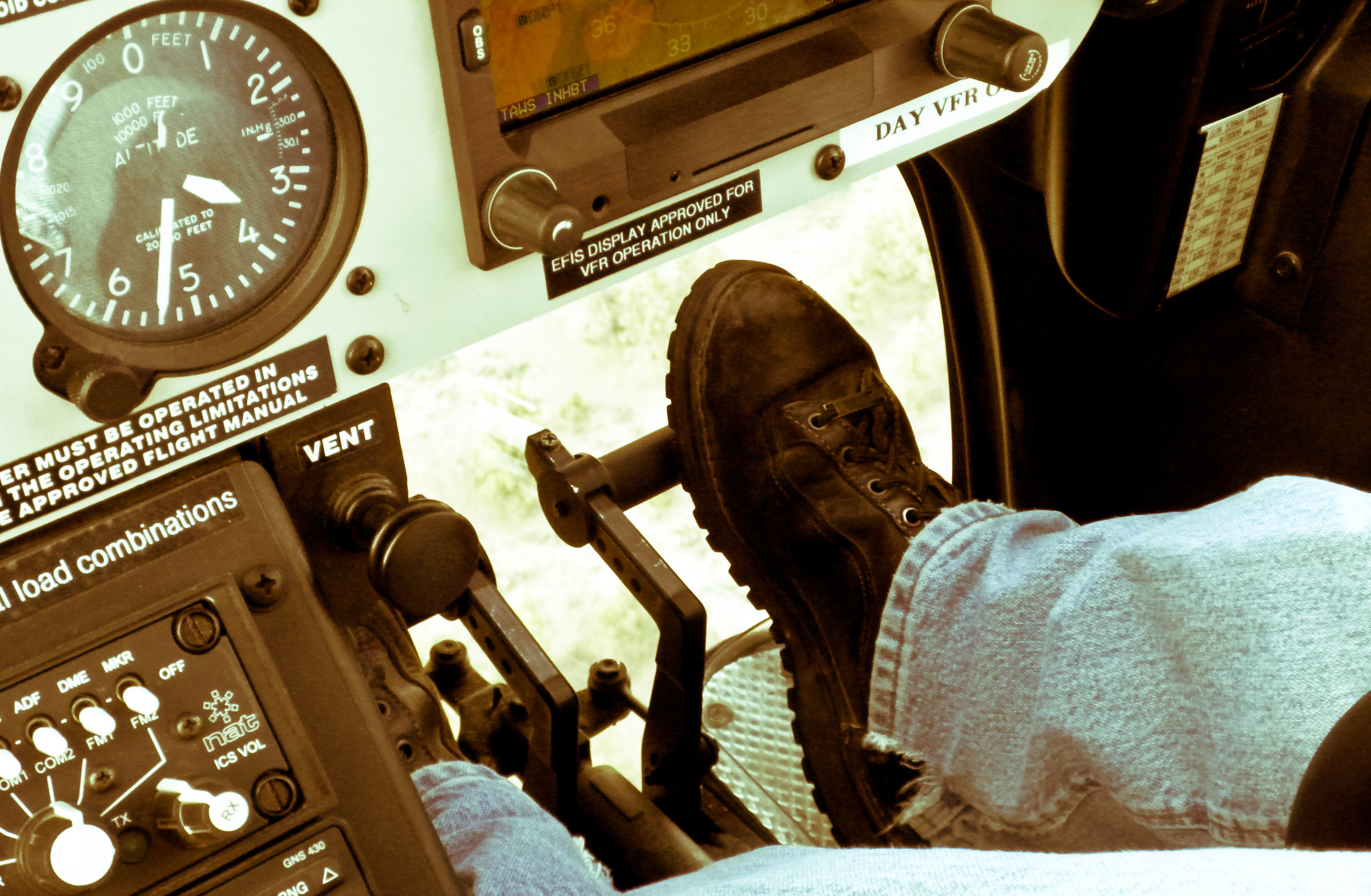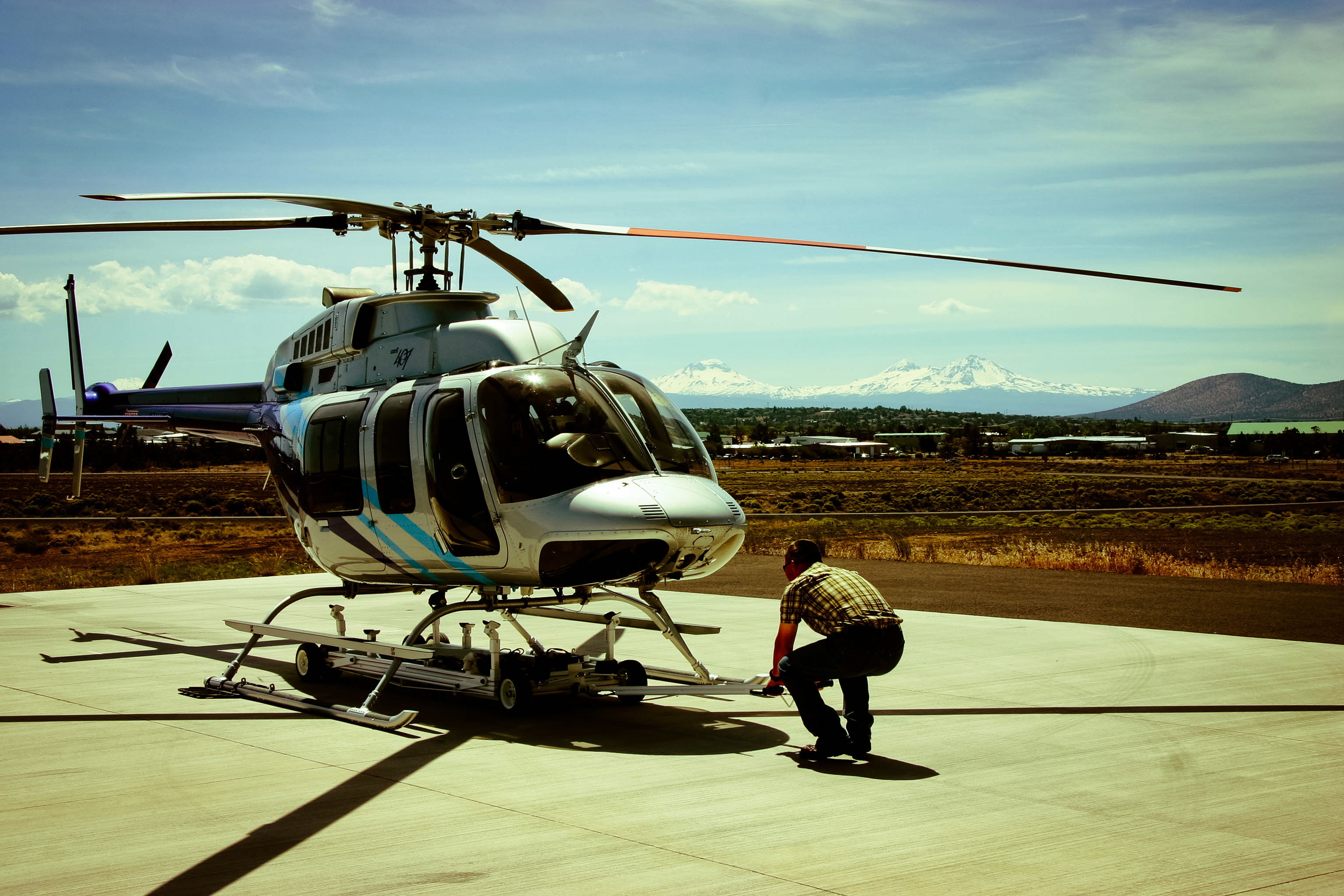Around the time when powder hounds hope for more snow and gardeners anticipate upcoming warming trends, hawks and eagles have something entirely different on their minds: breeding.
In the late winter/early spring, raptors begin preparing for another season of rearing young. Pairs, many species bonded for life, take to the skies. They perform aerial acrobatics and vocalizations of courtship to solidify their nuptial bond and to heavily defend their breeding territories from outsiders. In choosing a spot to nest, prey availability and site disturbance is taken into account. Past nests are examined and an unspoken decision is made, add to an old nest structure or start anew. The nest is finished; then eggs are laid.
Around this time last year, my coworker and I packed our bags and headed to eastern Oregon for a month of aerial nest surveys. Our goal: to document all raptor nests observed within a north/south corridor running the length of the state. So, as the birds were settling into the rhythm of nesting, we settled into the rhythm of surveying by air.
We spent the month searching for nests, flying through river canyons, inspecting cliffs and ledges. We examined woodlands, rocky outcrops, and utility poles. Each nest was catalogued as we worked our way from north to south; then back again. From our bird’s eye view we appreciated the muted colors of the eastern slope landscape. The land was broken in places by the northern river canyons, had checkered swaths of agricultural land, and the snow capped volcanic peaks loomed to the west.
We watched pronghorn young who were so new they could barely stand, teetering on wobbly legs that were seemingly too long and delicate for their bodies, elk herds moving through open expanses of sagebrush, hawks sitting on nests, eagles perched on ledges, ravens on poles, and a few lone coyotes moving through the open land.
We covered an impressive amount of ground during our time in the air. We departed satisfied with our efforts. Our presence, I’m sure, already a fading memory in the minds of the hawks and eagles busy with their efforts to rear a successful clutch of young.
- Jamie Power, photos by Tracy Fleming
JAMIE GRANGER has worked as a Wildlife Biologist for more years than she can count on her two hands. She's an adventurer at heart and loves exploring whereever she finds herself, whether it be in a remote region of Mongolia or the mountains surrounding her farm.
Instagram: @ebullientouzel


